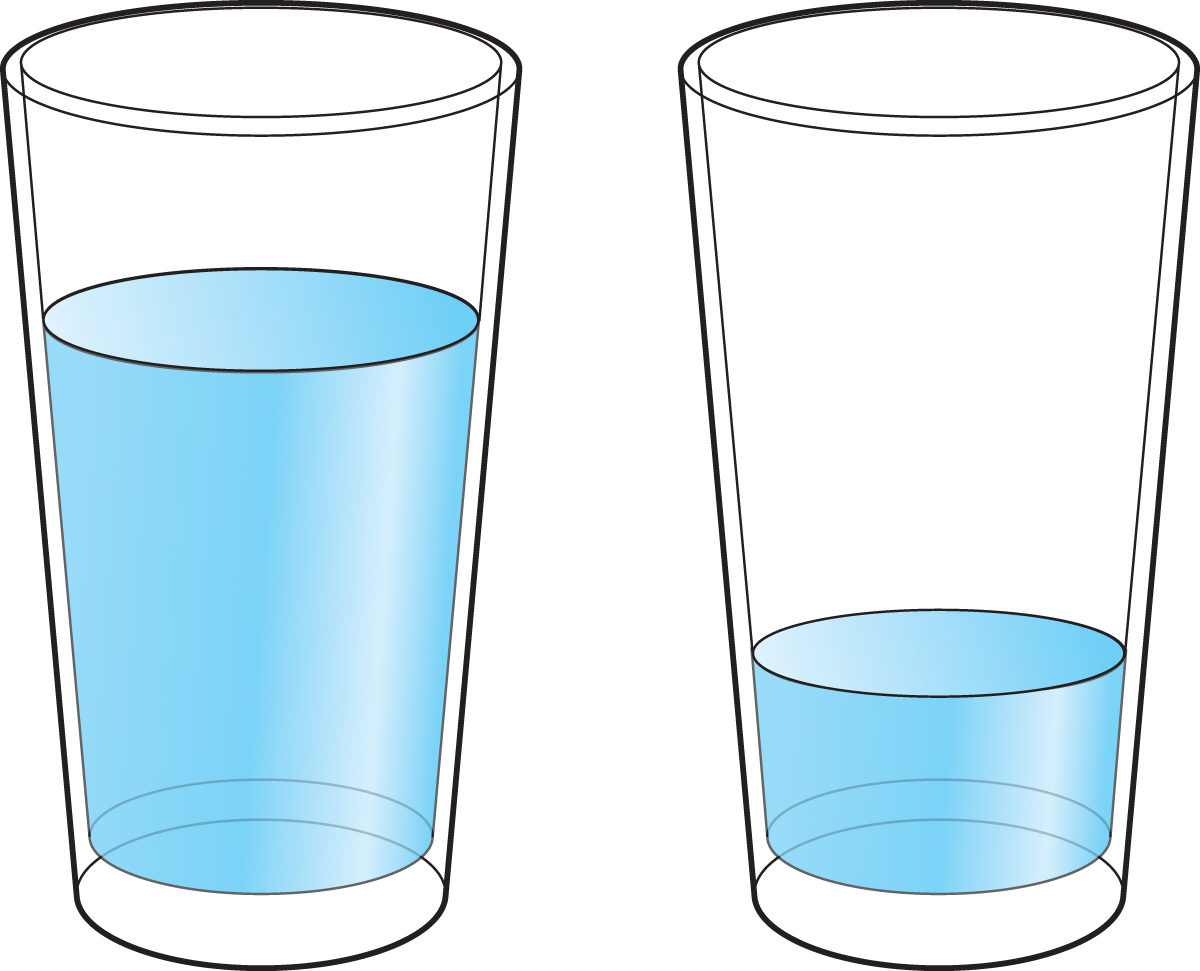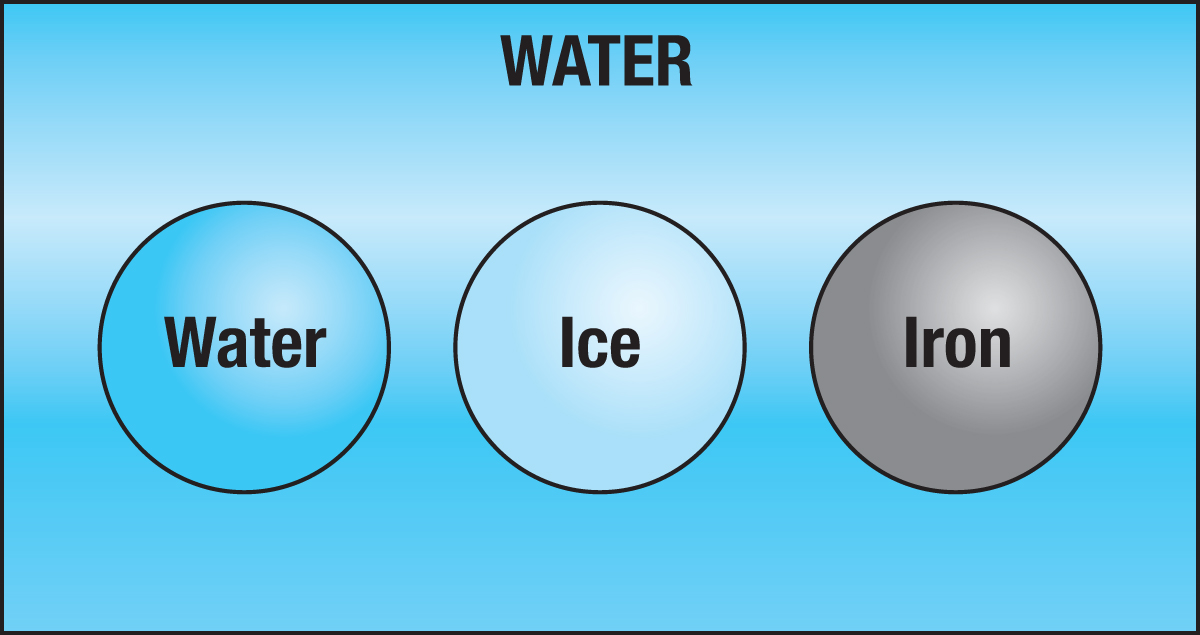Video Review
Key Concept Summary
TA Summary
Vocabulary
The force on an object divided by the area over which the force is applied.
Circulation in a fluid caused by termperature and density differences.
Fluids pulled toward Earth and held in place by the force of gravity.
Equals the weight of the displaced fluid.
Anything that Flows
Type of fluid where pressure acts with equal force on all areas of the confining walls.
True/False
Air is considered a fluid.
If an object is floating, the buoyant force on it is larger than its weight.
Frictional forces increase when an object moves faster through a fluid.
A man standing in a swimming pool weighs less because water partially shields him from the full force of gravity.
Objects that float in air, such as helium ballons, are weightless.
If you apply a specific force over a larger area, the pressure decreases.
Analysis
If a block of wood floats with half its volume submerged,
The buoyant force on an object submerged in a fluid can be changed by
In convection currents hot air rises and cool air descends. Which of the following is correct?
The base of a dam is reinforced in case the pressure increases in the future. Which of the following would cause such an increase?
Which exerts the largest amount of force on the gound? (Note: in all cases water has been removed or added to keep the water level the same for all options.)
Free Response
- Explain why pressure is a useful way of talking about forces exerted by fluids.
- How do convection currents form?
- State and explain the four rules that describe how pressure distributes through a fluid at rest.
- Identify the following as an unbounded or bounded fluid.
- Can of shaving cream
- Bowl of water
- Fluid in a hydraulic system
- Mountain lake
- Venus’ atmosphere
- Scuba divers can get the bends if they change pressure too rapidly. Would it be more dangerous to surface rapidly from a depth of 40 ft. in the ocean, or a depth of 40 ft. in a narrow pool formed in an old quarry?
- How do contact forces and pressure give rise to the buoyant force?
- In grade school you are told that density determines whether an object will float or sink. In this course you are told to compare buoyant and gravitational forces. Explain how the two are equivalent.
- In Chapter 5 it was essential to understand that acceleration comes when the forces on an object are unbalanced. Explain why understanding the motion of a body on or inside a fluid almost always involves balancing two or more forces.
- If you drop a rock into water, the buoyant force remains virtually unchanged as it sinks, but if you release a helium balloon, the buoyant force changes as it rises. Explain why.
- A few days after you purchase a helium balloon, it will float in mid-air with the string barely touching the floor. As long as you don’t touch it, the balloon does not move. (Hint: Helium molecules are so small they pass through the skin of a balloon over time.)
- What can you conclude about the net force on the balloon?
- After a few days most helium balloons no longer float in the air. Why do you suppose this is?
- Explain how your answers above relate to one another.
- Two large rubber balloons are filled with helium at ground level and released. One balloon rises rapidly and pops. The other balloon drifts for hours at about the same level.
- What forces act on the balloons after they are released?
- What is the direction of the net force when the balloons first begin to move?
- What will happen to the air pressure around the balloons as they rise?
- What will happen to the volume of the balloons as they rise?
- What can you conclude about the balloon that popped when compared with the one that did not?
 If you have two identical cups, filled as shown, can you make the cup with the most water float in the cup that contains the least water? Explain.
If you have two identical cups, filled as shown, can you make the cup with the most water float in the cup that contains the least water? Explain. Three spheres of the exact same volume are submerged in a tub of water. After the spheres are lined up, they are released. The spheres are made of plastic with the same density as water, ice, and iron.
Three spheres of the exact same volume are submerged in a tub of water. After the spheres are lined up, they are released. The spheres are made of plastic with the same density as water, ice, and iron.- Compare the weights of the three spheres.
- Compare the buoyant forces on the three spheres.
- What direction does the net force push on each of the spheres?
- What happens to each sphere after it is released?
- The ice sphere will rise to the top of the water then bob up and down and eventually come to a stop with part of the sphere protruding above the water’s surface. Why does it stop with a certain portion of the sphere protruding